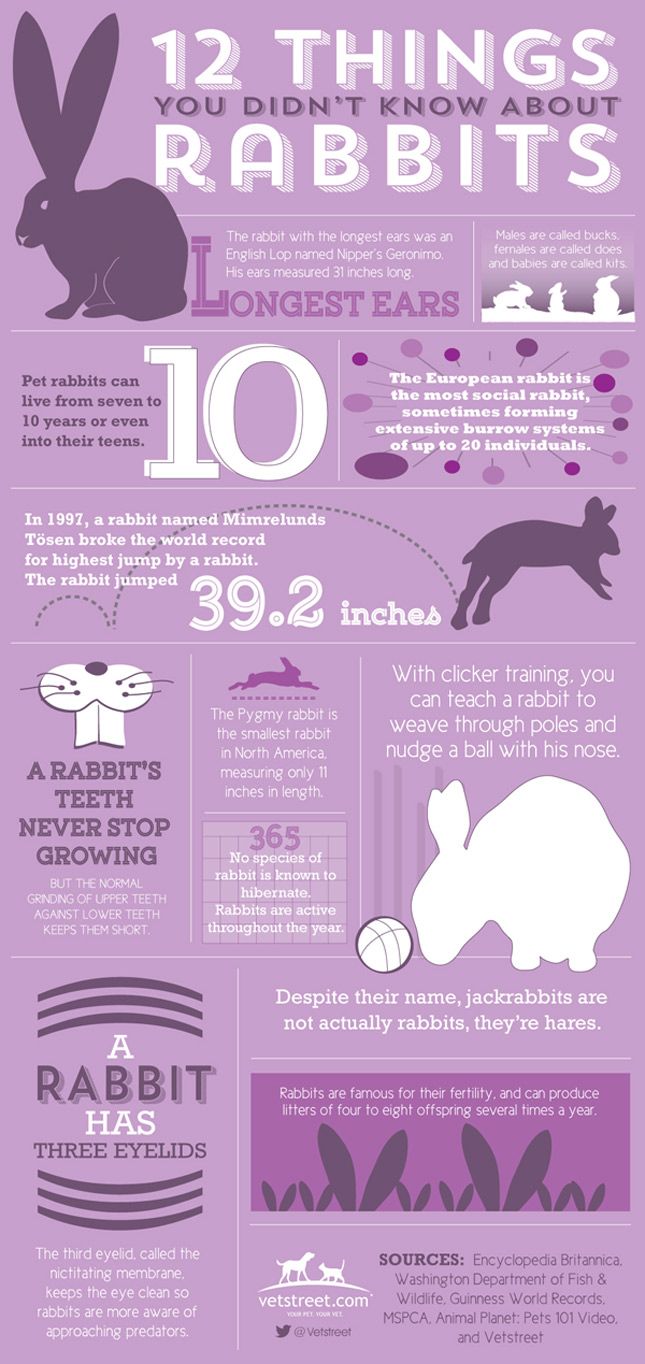Welcome to Bunny Tips! If you’re looking for essential tips on how to take care of your rabbit, then you’ve come to the right place. Here, you’ll find all the information you need to keep your furry friend healthy and happy. We’ll cover everything from diet and exercise to grooming and socialization. So, get ready to learn all about rabbits and the best tips for caring for them!
Rabbit Care Basics
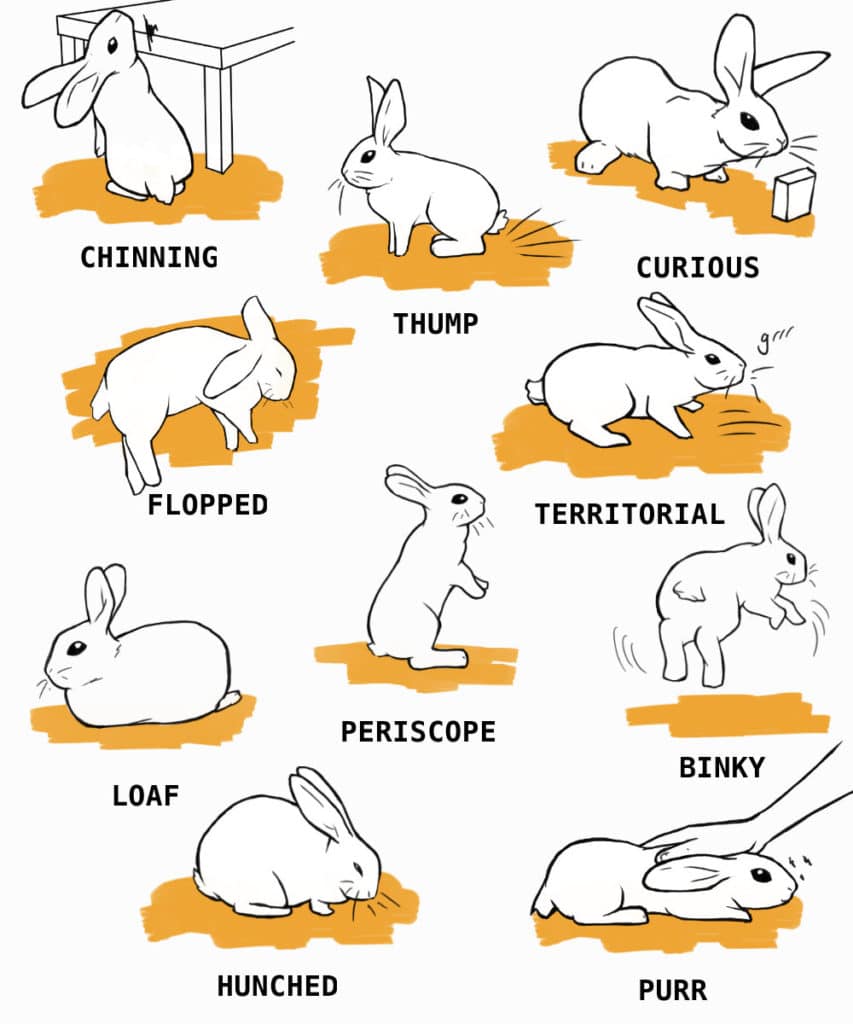
Housing
Providing your rabbit with a safe and comfortable place to live is one of the most important bunny tips. Make sure to use a cage large enough for your rabbit to move around in and provide plenty of fresh hay, bedding, and chew toys to keep them happy.
Diet
It is essential to feed your rabbit a balanced diet to keep them healthy. The main part of their diet should be hay, along with fresh vegetables and a small amount of pellets or other treats. Avoid feeding them too many sugary treats or processed foods as they can lead to health problems.
Health Care
Routine health care is important for rabbits. Make sure to regularly check their fur and nails, and perform any necessary grooming. Additionally, it is important to take your rabbit to the vet for regular check-ups to ensure they are healthy. Following these bunny tips will help ensure your rabbit is happy and healthy.
Tips for Bonding With Your Rabbit
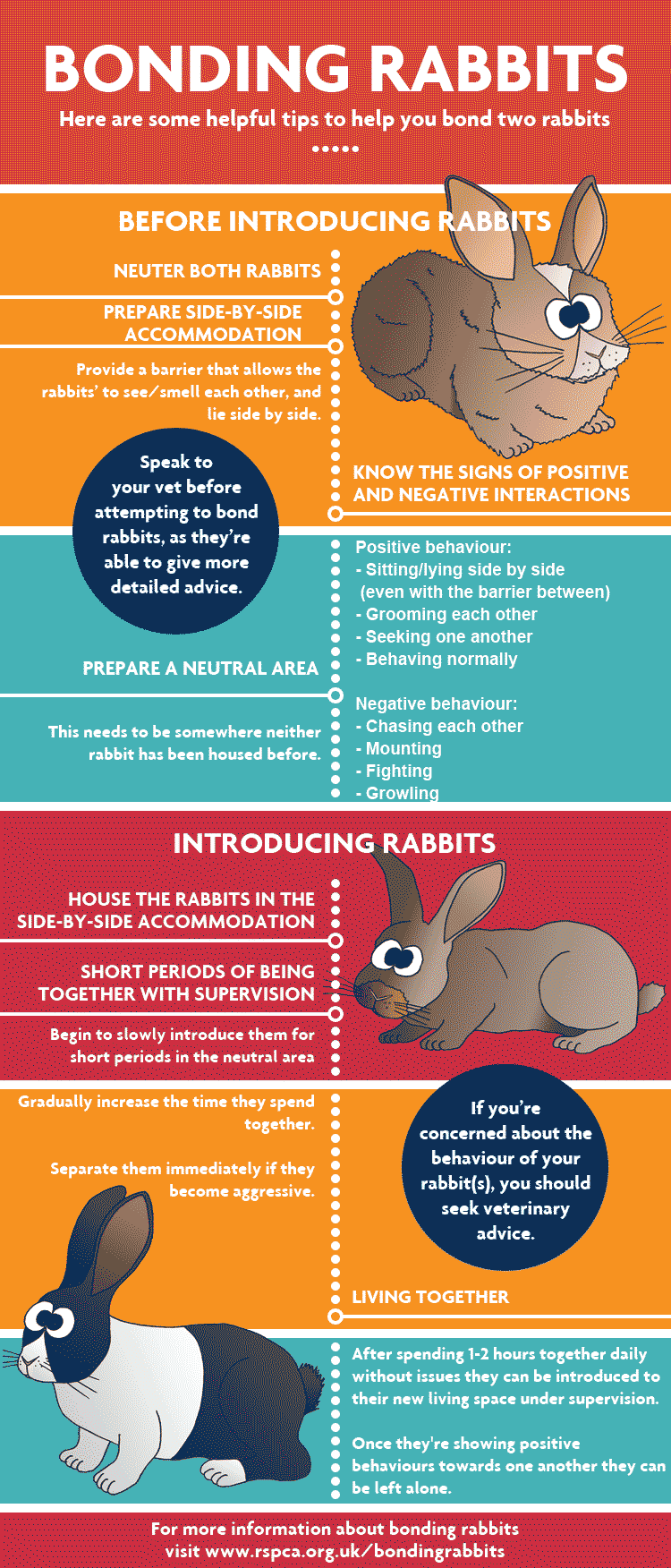
| 1. Spend Quality Time | Make time to spend with your rabbit every day. This can involve playing, cuddling, or simply spending time in the same area. |
| 2. Speak Softly | When talking to your rabbit, use a soft, soothing voice. Speak slowly and gently. |
| 3. Offer Treats | Rabbits love treats and snacks. Use this to your advantage and bond with your rabbit by offering treats when they come close to you. |
| 4. Groom Your Rabbit | Grooming is an important part of bonding with your rabbit. Make sure to brush your rabbit regularly and check for any signs of discomfort. |
| 5. Take Walks | Taking walks with your rabbit is a great way to bond with them. Make sure you use a harness and leash for your rabbit’s safety. |
Best Practices for Handling Your Rabbit
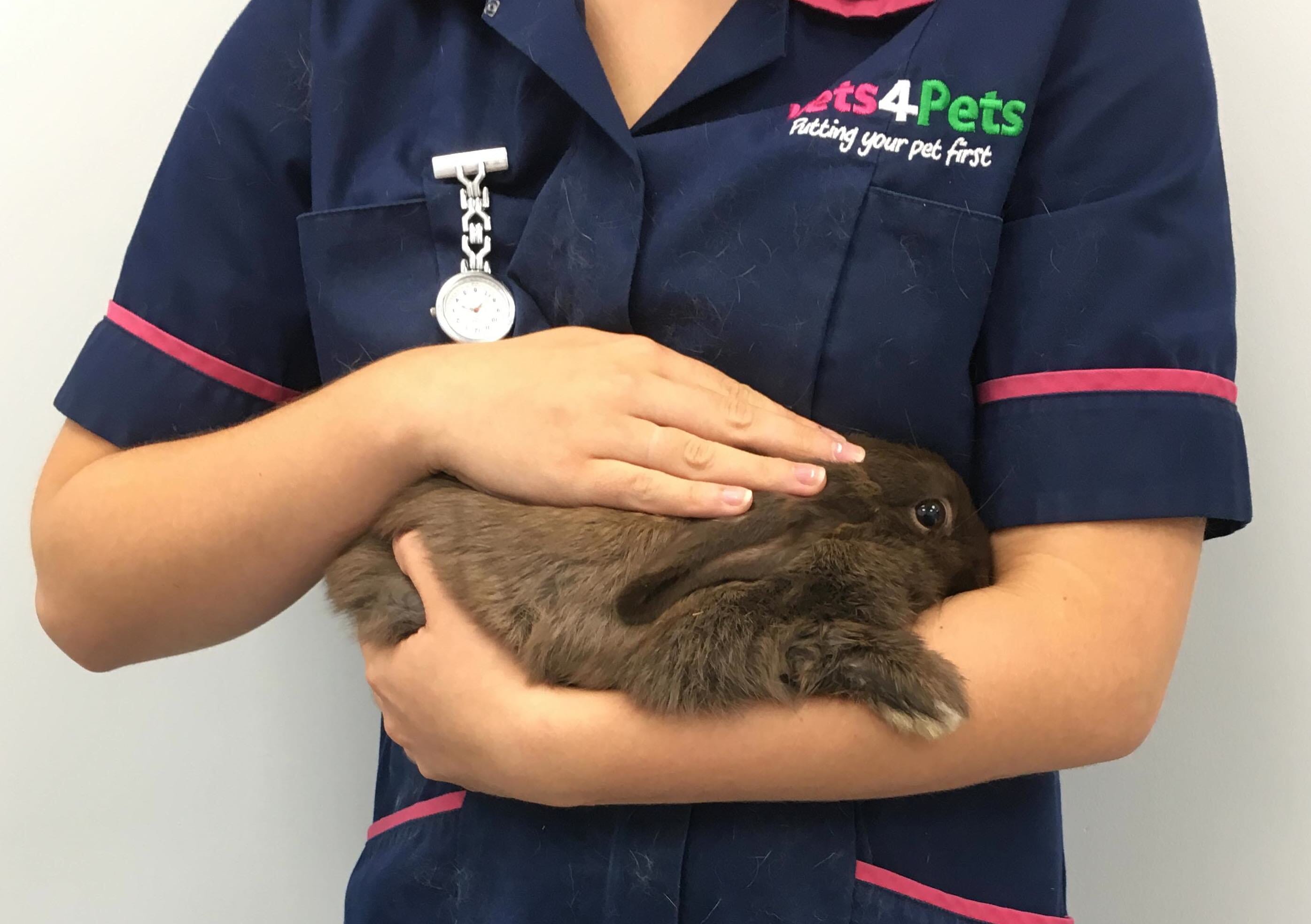
| Practice | Explanation |
|---|---|
| Gently Pick Up | Rabbits are easily startled. Gently scoop your rabbit up in your arms, supporting their hind legs and back. Never pick them up by their ears. |
| Support Their Back | Be sure to support your rabbit’s back when holding them. Never allow your rabbit to dangle or hang suspended in mid-air. |
| Cradle Position | Hold your rabbit in the “cradle position” with your arms around their sides and their hind legs dangling in the air. This is the most secure and comfortable position for your rabbit. |
| Be Calm | Your rabbit will pick up on your energy. Speak in a gentle, calming voice and hold your rabbit gently. Never yell or scream at your rabbit. |
| Let Them Explore | Rabbits are curious creatures. Allow them to explore and investigate their surroundings. Do not force your rabbit to interact with you. |
| Socialize | Socializing your rabbit is important. Spend time each day allowing them to explore and interact with you. This will help them become comfortable with your presence. |
Rabbits are social and curious animals that require gentle handling. It’s important to learn the best practices for handling your rabbit to ensure their safety and comfort. Here are some essential tips for handling your rabbit:
- Gently Pick Up: Rabbits are easily startled. Gently scoop your rabbit up in your arms, supporting their hind legs and back. Never pick them up by their ears.
- Support Their Back: Be sure to support your rabbit’s back when holding them. Never allow your rabbit to dangle or hang suspended in mid-air.
- Cradle Position: Hold your rabbit in the “cradle position” with your arms around their sides and their hind legs dangling in the air. This is the most secure and comfortable position for your rabbit.
- Be Calm: Your rabbit will pick up on your energy. Speak in a gentle, calming voice and hold your rabbit gently. Never yell or scream at your rabbit.
- Let Them Explore: Rabbits are curious creatures. Allow them to explore and investigate their surroundings. Do not force your rabbit to interact with you.
- Socialize: Socializing your rabbit is important. Spend time each day allowing them to explore and interact with you. This will help them become comfortable with your presence.
Following these best practices will help ensure your rabbit is safe and comfortable when handling.
Common Behavioral Problems and Solutions
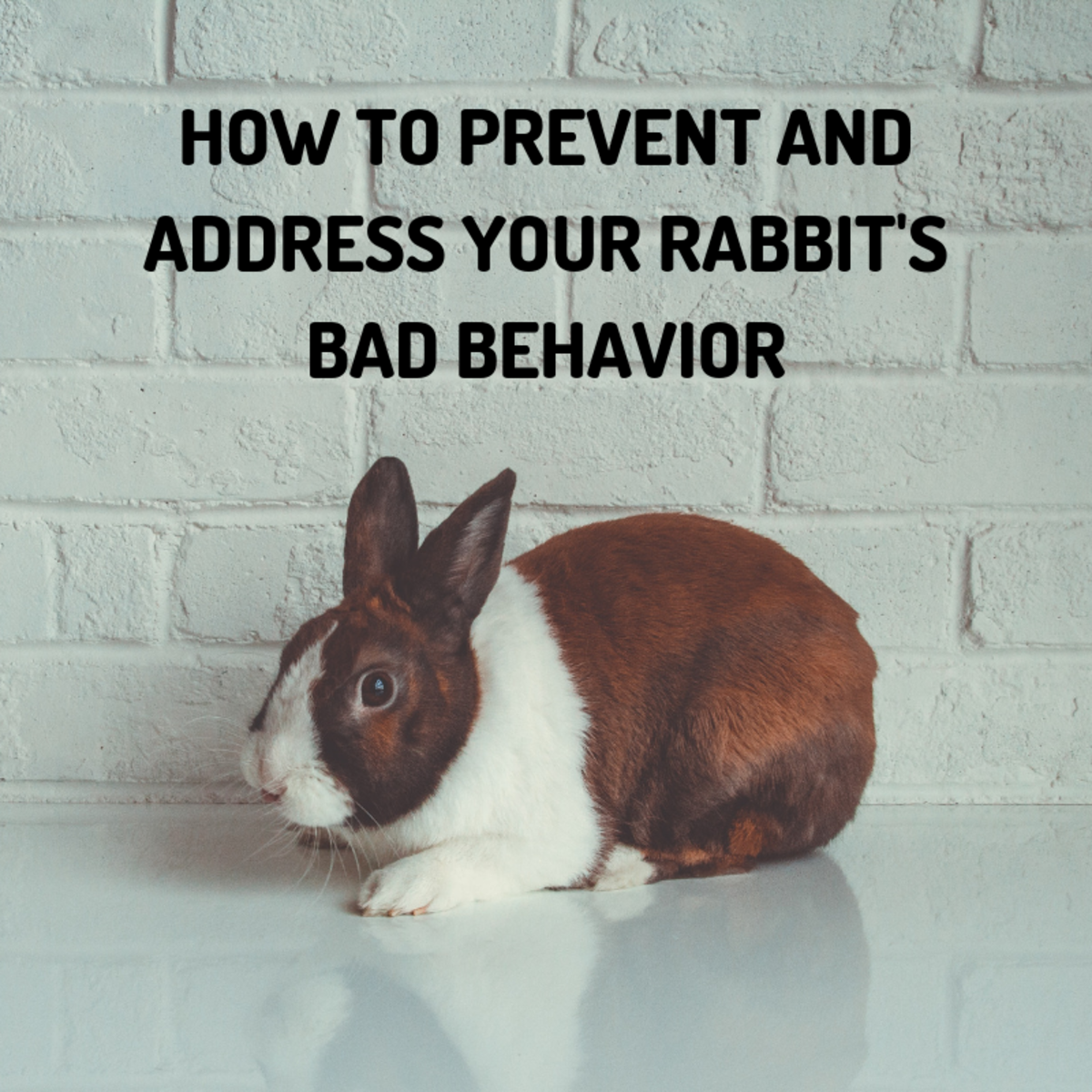
1. Biting
- Rabbits may bite out of fear or when they are uncomfortable, so it is important to make sure your rabbit is comfortable and secure.
- If your rabbit is biting, it is important to handle them calmly and confidently so they understand they are safe.
- If your rabbit keeps biting, try distracting them with a toy or a treat.
2. Chewing
- Chewing is a natural instinct for rabbits, and it is important to provide them with appropriate things to chew on.
- You can provide your rabbit with chew toys, hay, or other items that are safe for them to chew.
- If your rabbit is chewing on something inappropriate, redirect them to something safe to chew on.
3. Jumping
- Rabbits naturally like to jump and it is important to provide them with an area to do so safely.
- If your rabbit is jumping, provide them with a safe place to land, such as a blanket or a pillow.
- If your rabbit keeps jumping, try providing them with a toy or a treat to distract them.
4. Digging
- Digging is another natural instinct for rabbits, so it is important to provide them with an area to do so safely.
- You can provide your rabbit with a digging box filled with hay, or designate an area in your yard for them to dig.
- If your rabbit is digging in an inappropriate area, redirect them to their designated digging area.
5. Cheek Rubbing
- Cheek rubbing is a natural behavior for rabbits and it is usually done to mark their territory.
- If your rabbit is cheek rubbing, it is important to make sure they are not feeling threatened or scared.
- If your rabbit keeps cheek rubbing, try providing them with a toy or a treat to distract them.
Tips for Grooming Your Rabbit
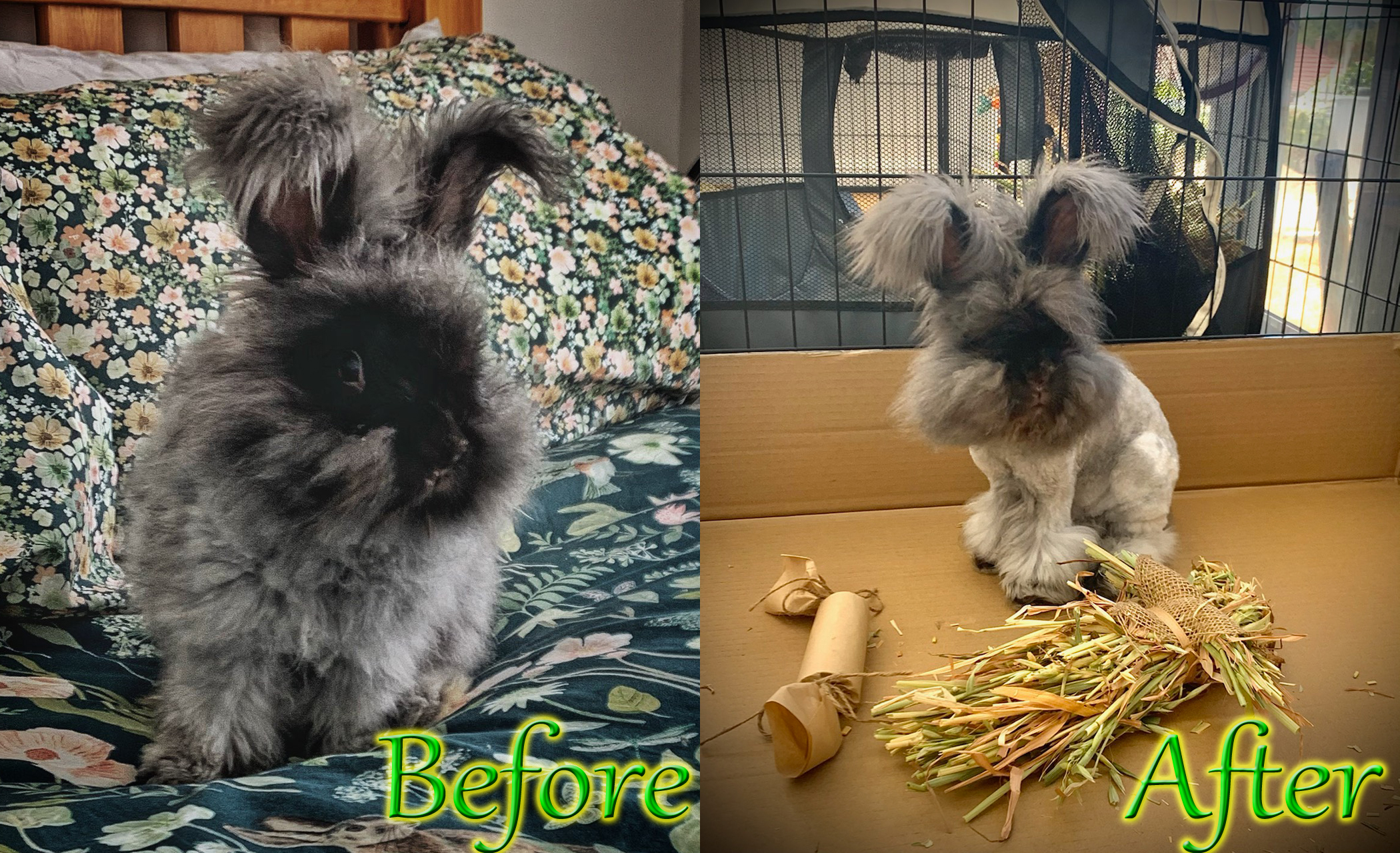
Brush Regularly: Grooming your rabbit regularly is essential for keeping their fur healthy. Use a soft-bristled brush to remove excess fur and dirt, and to keep their coat looking shiny and smooth. Brush your rabbit at least once a week to prevent fur mats and tangles.
Check Ears and Eyes: Regularly check your rabbit’s ears and eyes for signs of infection or irritation. Clean their ears using a warm, damp cotton ball or cloth every week. If you notice any discharge from your rabbit’s eyes, contact your vet as soon as possible.
Trim Nails: Overgrown nails can cause pain and discomfort for your rabbit. Trim their nails once every month using nail clippers. Take care to only cut the tip of the nail, and avoid the quick (the pink part of the nail which contains blood vessels and nerves).
Check Teeth: Rabbits’ teeth grow continuously, so regular checks are essential. Have your vet check your rabbit’s teeth every 6-12 months, or as needed. If your rabbit has any dental problems, they may need to have their teeth trimmed or filed.
Check for Parasites: Check your rabbit for external parasites such as fleas, mites, and ticks. If you find any, treat them with an appropriate product. Also, check for ear mites, which can cause irritation and itching. If you notice any signs of infection, contact your vet.
Enrichment Ideas for Your Rabbit
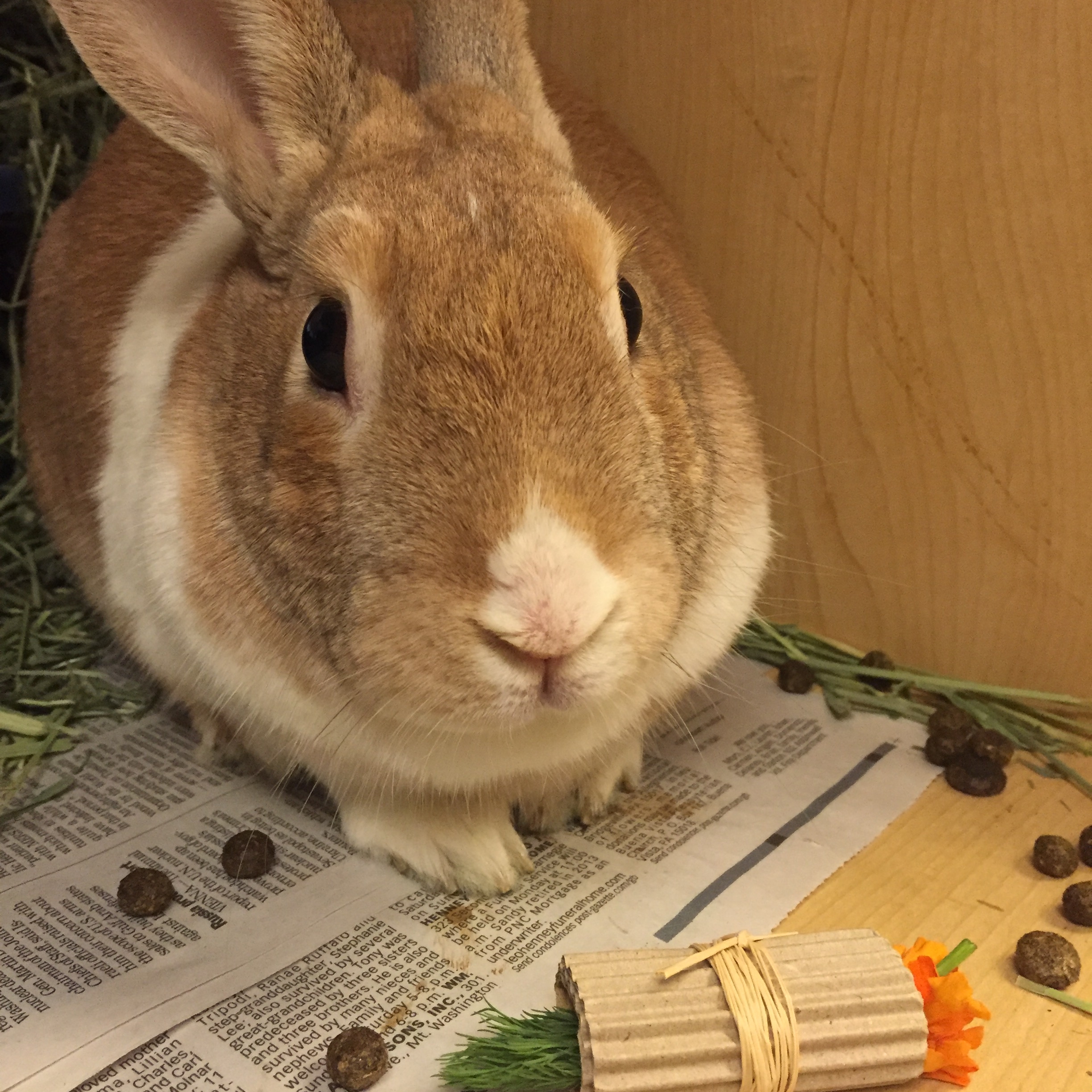
- Provide Toys: Keep your rabbit entertained and happy with a variety of toys such as balls, paper bags, cardboard boxes, or even a piece of apple tree branch. Just make sure they don’t contain any toxic material and they’re not small enough to be swallowed.
- Hide Treats: Hide treats around the cage or in cardboard boxes or paper bags. This encourages your rabbit to explore and use its natural foraging behavior.
- Provide Exercise: Exercise is important for your rabbit’s health and well-being. Allow them to run around the house or in a safe outdoor area for a few hours a day.
- Make Tunnels: Create a tunnel out of cardboard boxes or paper bags for your rabbit to explore. This will help them to get some exercise and use their natural curiosity.
- Rotate Toys: Switch up your rabbit’s toys from time to time to keep them interested and encourage exploration. This will also help to prevent boredom.
- Try New Environments: Take your rabbit outside on a leash or let them explore a different room in the house. This will help to stimulate your rabbit’s senses and provide a change of scenery.
Tips for Introducing Your Rabbit to Other Pets
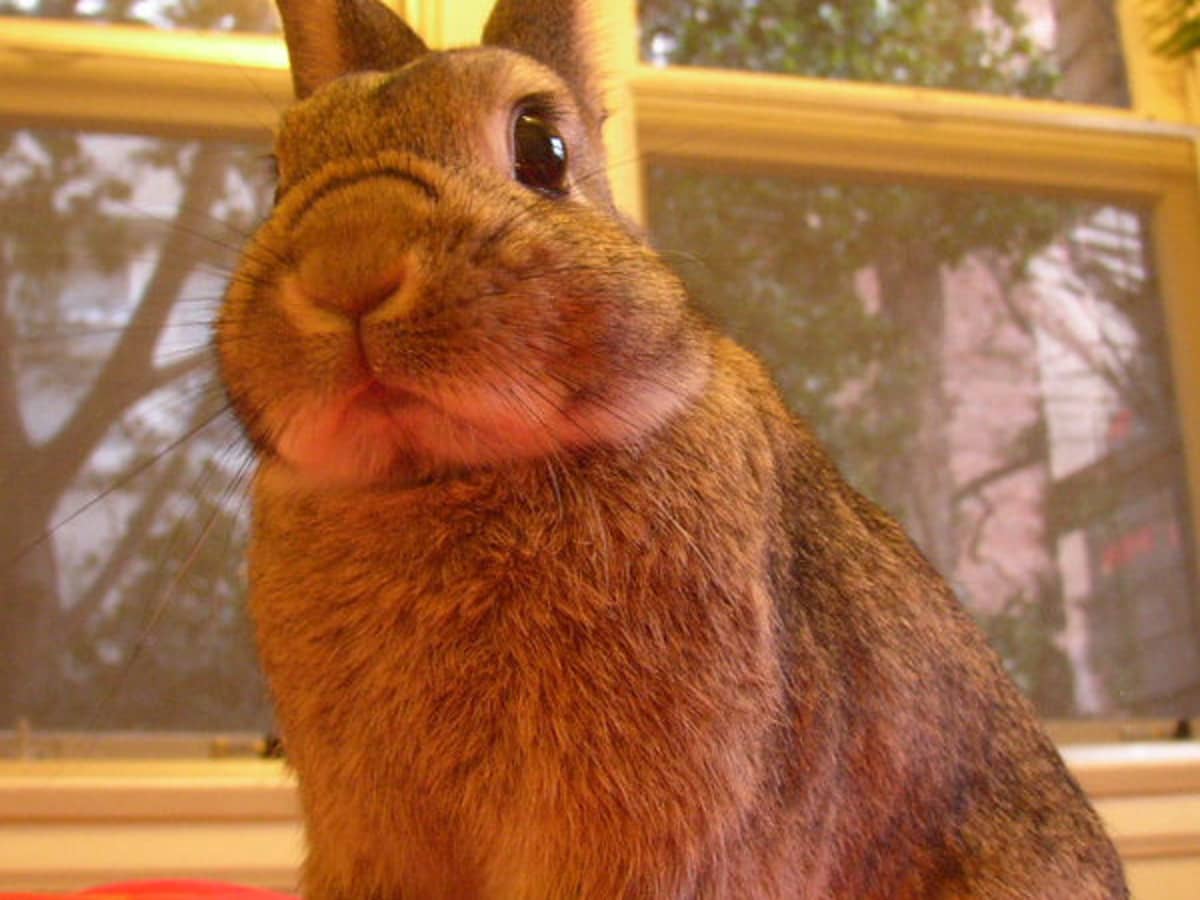
Supervised Interactions: When introducing your rabbit to other pets, it is important that the introduction is supervised. This will help to ensure that the other pet does not hurt your rabbit, as well as to ensure that your rabbit’s behaviour is appropriate.
Safe Space: Make sure to provide your rabbit with a safe space to retreat to if they feel threatened or overwhelmed. This could be a designated corner or a separate room.
Give Treats: Give both your rabbit and the other pet treats when they interact. This will help to create positive associations and help to build trust between the two.
Slow Process: Introducing your rabbit to other pets should be a slow process, done over time. Start by keeping them in separate rooms, then move to allowing them to be in the same room together, and then progress to supervised interactions.
Consult Professionals: If you are having difficulty introducing your rabbit to other pets, it is best to consult a professional. A professional can help to provide advice on how to best introduce your rabbit to other pets, as well as to provide tips for managing your rabbit’s interactions with other pets.
| Thing to Consider | Action |
|---|---|
| Supervised Interactions | Ensure that the introduction is supervised. |
| Safe Space | Provide your rabbit with a safe space to retreat to. |
| Give Treats | Give both your rabbit and the other pet treats when they interact. |
| Slow Process | Introducing your rabbit to other pets should be a slow process. |
| Consult Professionals | Consult a professional for advice and tips. |
Tips for Traveling With Your Rabbit
Accommodations: If you’re traveling with your rabbit, make sure the lodging you’ll be staying at is pet-friendly. Also, be prepared to pay a pet fee. When you arrive, check the place carefully for safety hazards, such as wires or gaps in the flooring.
Transportation: If your rabbit is small enough, you can transport them in a carrier as you travel. Make sure the carrier is comfortable and secure, and bring a towel or blanket in case your rabbit gets cold. If your rabbit is larger, you can transport them in a pet stroller or wagon.
Food and Water: No matter how short the trip, make sure to bring enough food and water for your rabbit. Familiar foods can help make your rabbit feel more secure and at ease during the journey.
Temperature: Rabbits are sensitive to extreme temperatures. Make sure the temperature in the vehicle or lodging is comfortable for your rabbit.
Health: Check with your vet before traveling and bring a copy of your rabbit’s medical records with you. Bring some basic first aid items, such as a thermometer and syringe, in case your rabbit needs medical attention while you’re away.
Safety: Always keep an eye on your rabbit when you’re traveling. Keep them away from other animals and children, and never leave them unattended.
Rabbit Tips: Following these bunny tips will help ensure that your rabbit has a safe and comfortable journey.
Frequently Asked Questions
How often should I clean my rabbit’s cage?
Daily:
- Remove soiled bedding, fecal pellets, and old food.
- Change out water and food dishes.
- Spot clean the cage.
Weekly:
- Empty and thoroughly clean the cage.
- Clean all accessories and toys.
- Disinfect the cage.
Monthly:
- Replace all bedding.
- Change out hay.
How can I make sure my rabbit is getting enough exercise?
Provide a Safe Outdoor or Indoor Play Area: Allowing your rabbit to have some time outdoors in a safe and secure area like a fenced-in yard or a playpen is a great way to give them plenty of exercise. Make sure the area is free of any potential hazards, like sharp objects or toxic plants.
Encourage Activity Indoors: If your rabbit lives indoors, make sure they have plenty of room to move around and explore. Place toys and tunnels around the house and make sure they have a large enough space to run. You can also try adding a few obstacles or a bunny gym to encourage your rabbit to jump around.
Provide a Variety of Toys: Giving your rabbit a variety of different toys to play with can help keep them entertained and active. Try offering things like cardboard boxes, paper towel rolls, and soft, chewable toys.
Create a Play Schedule: Designating set times for playtime can help your rabbit stay active. Aim for 30 minutes to an hour of playtime a day, split into several short sessions. This will help keep your rabbit engaged and active and prevent boredom.
Try Treadmills and Wheels: If your rabbit seems to have a lot of energy, you can try getting them a treadmill or exercise wheel. These can provide great exercise, but make sure you get the right size and don’t leave your rabbit unattended while they’re using it.
What type of food should I feed my Rabbit?
Rabbits require a specialized diet that is high in fiber and low in fat, protein, and calcium. The best diet for a rabbit includes fresh hay, fresh vegetables, and a small amount of pellets or other commercial rabbit food. Fresh hay should be available at all times, as it is a crucial part of a rabbit’s diet. Vegetables such as kale, spinach, and carrots should also be offered in small amounts daily. Pellets can be offered in small quantities, but should not make up the majority of the diet. Treats such as fruits and vegetables should only be offered in small amounts.
How often should I take my rabbit to the vet?
Rabbits should visit the vet at least once a year for a physical exam and check-up. Additionally, you should schedule a vet visit if your rabbit experiences any sudden change in behavior, appetite, or health. As rabbits are prone to certain illnesses, preventive care is essential to keeping your rabbit healthy.
What type of bedding should I use in my rabbit’s cage?
Wood shavings are the most popular choice for rabbit bedding. Aspen or kiln-dried pine shavings are both good options. Avoid cedar shavings, as they contain phenols which can irritate a rabbit’s respiratory system.
Straw is another popular option for rabbit bedding. It helps keep the cage clean and dry, and is good for rabbits to play and burrow in. It is usually cheaper than wood shavings, but needs to be changed more often.
Paper-based bedding such as Carefresh, Yesterday’s News, and Eco-Bedding are good options for rabbits. These beddings are dust-free and absorbent, and they are also biodegradable and easy to dispose of.
Fabric-based bedding such as fleece and towels can also be used in a rabbit’s cage. This type of bedding is comfortable and absorbent, but it needs to be changed often and can be expensive.
Hay is an essential part of a rabbit’s diet and should always be available in the cage. It is also a good option for bedding, as it helps keep the cage clean and dry. It also helps keep a rabbit’s teeth healthy, as it encourages them to chew on it.
Conclusion
Rabbits can make wonderful pets and companions, but they require a lot of care. Provide your rabbit with a clean environment, fresh food and water, plenty of exercise, and regular visits to the veterinarian. With proper care, your rabbit can thrive and live a long and happy life.
